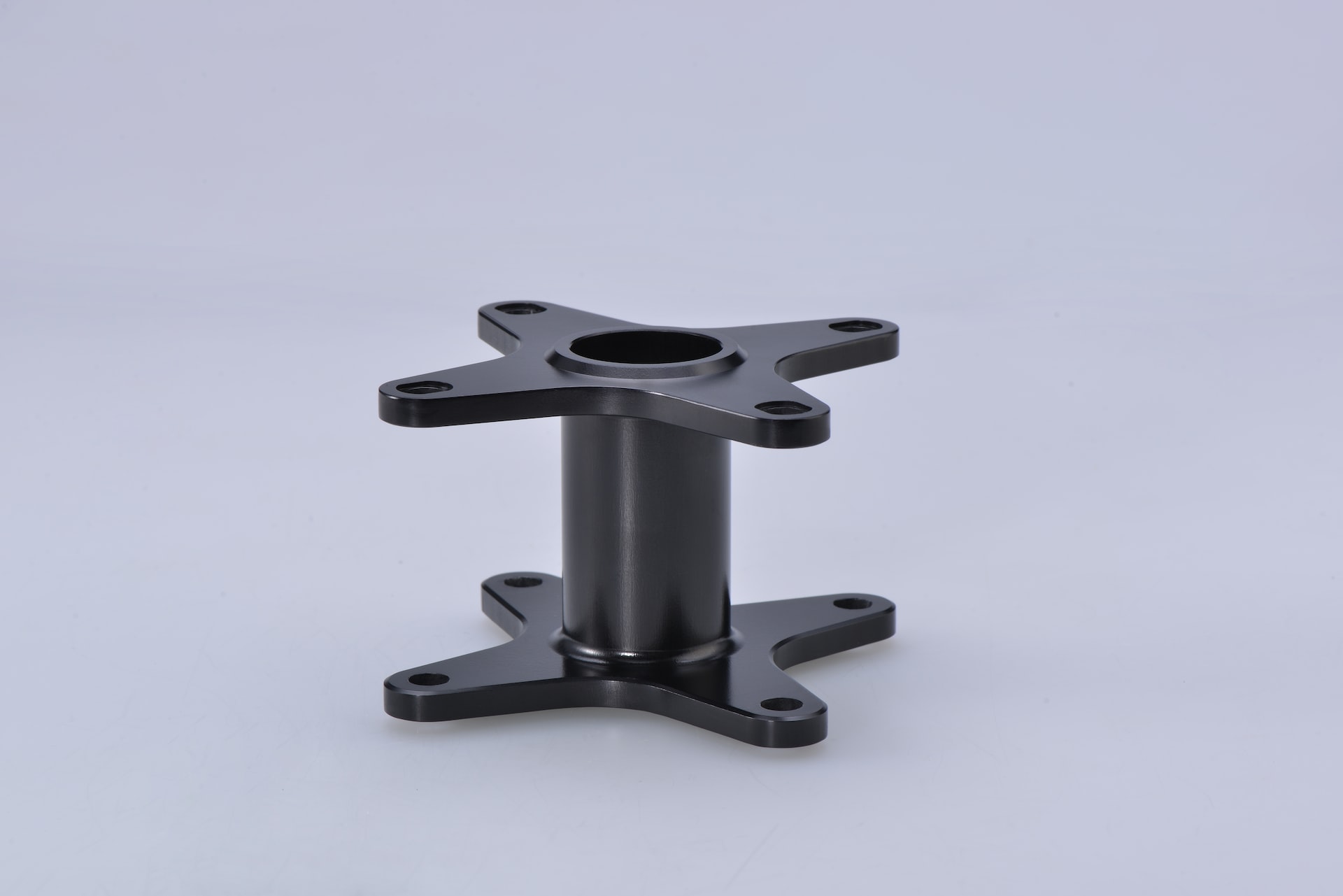Powder coating removal can be a difficult and time-consuming task. There are several different methods that can be used to remove powder coating, but the most effective way to remove powder coating is to use a chemical stripper.
Chemical strippers are specifically designed to break down the powder coating molecules and make powder coating removal much easier.
If you’re looking for powder coating services, then check out Tomburn. If you want to know how to remove powder coating yourself, here is a full guide.
1. Select the Appropriate Stripper
There are many different types of chemical strippers on the market, so it’s important to select the stripper that is best suited for your particular powder coating removal project. If you’re not sure which stripper to use, consult with a professional powder coating removal company or ask a knowledgeable salesperson at your local hardware store.
2. Prepare the Stripping Area
Before you begin stripping the powder coating, it’s important to prepare the area where you’ll be working. If you’re stripping powder coating from metal, make sure that the metal is clean and free of grease, oil, or other contaminants. It’s also a good idea to cover any areas that you don’t want stripper to come into contact with, such as painted surfaces or plastic parts.
3. Apply the Stripper
Once the stripping area is prepared, it’s time to apply the stripper. Most chemical strippers are applied with a brush or roller, so apply the stripper evenly over the powder coated surface. Be sure to follow the manufacturer’s instructions regarding how long the stripper should be allowed to work before being removed.
4. Remove the Stripper and Powder Coating
After the stripper has had time to work, it’s time to remove both the stripper and the powder coating. This can be done with a pressure washer or by scrubbing the surface with a brush or sponge. If you’re using a pressure washer, be sure to hold the tip of the wand close to the surface to avoid damaging the underlying metal.
5. Inspect the Surface
Once all of the powder coating has been removed, inspect the stripped surface for any residual powder coating or stripper. If there are any areas that still need to be stripped, simply reapply the stripper and repeat the process.
6. Clean the Stripped Surface
Once all of the powder coating has been successfully removed, it’s important to clean the stripped surface to remove any residual stripper or powder coating. This can be done with a solvent-based cleaner or a simple soap and water solution.
7. Prime and Paint the Stripped Surface
If you’re stripping powder coating from metal, it’s important to prime and paint the stripped surface to protect it from rust and corrosion. Be sure to select a primer and paint that are designed for use on metal surfaces.
8. Dispose of Hazardous Waste Properly
When you’re finished stripping powder coating, it’s important to dispose of any hazardous waste properly. This includes both the stripper and the powder coating that has been removed. Contact your local government office to find out the proper way to dispose of hazardous waste in your area.
9. Store Strippers and Powder Coatings Properly
If you have any leftover stripper or powder coating, be sure to store it properly to prevent accidents. Both strippers and powder coatings are flammable, so they should be stored in a cool, dry place away from heat sources or open flames.
10. Follow Safety Precautions
When working with chemical strippers and powder coatings, it’s important to follow all safety precautions to avoid accidents. Be sure to wear gloves, goggles, and a respirator when working with these materials. If you’re stripping powder coating from metal, be sure to work in a well-ventilated area to avoid inhaling fumes.



 Bitcoin
Bitcoin  Ethereum
Ethereum  Tether
Tether  XRP
XRP  Solana
Solana  USDC
USDC  Cardano
Cardano  TRON
TRON  Lido Staked Ether
Lido Staked Ether  Avalanche
Avalanche  Toncoin
Toncoin